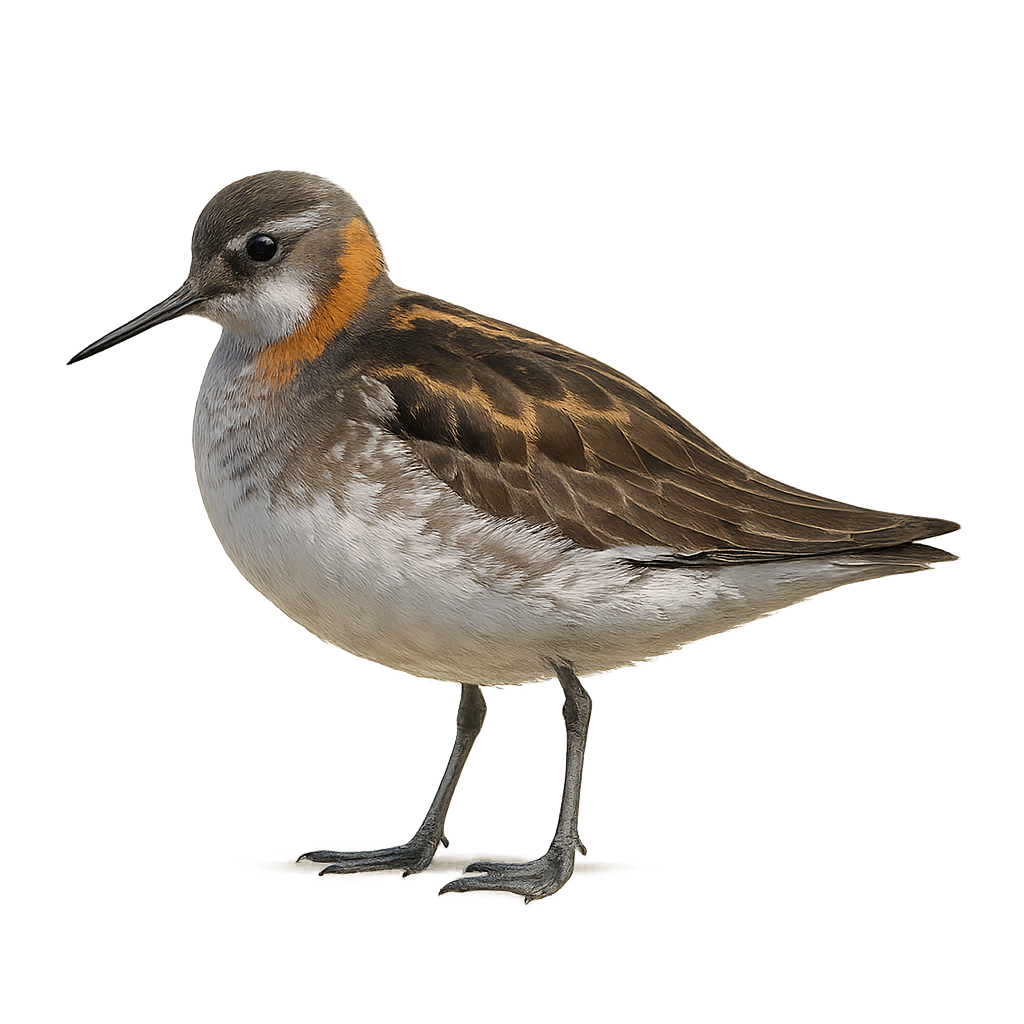Observe and photograph a species in its natural habitat
Learn where and when to observe a species in the wild, how to recognize it in the field, and what habitats it lives in. Get photography tips adapted to its behavior and capture stunning images without disturbing the animal. For full details, open the complete profile in the WildlifePhotographer app.
Phalaropes
Scientific name: Phalaropus lobatus

IUCN Status: Least Concern
Family: SCOLOPACIDAE
Group: Birds
Shyness: Suspicious
Safe distance: 20 m
Breeding season / Courtship: 01.05-31.05
Gestation: 18 à 22 jours
Births: 19.06-22.07
Habitat:
Wetlands and marshes
Description:
The Red-necked Phalarope is a small wader bird primarily found in marshes, salt lakes, and estuaries in North America, Europe, and Asia. It measures about 20 cm in length and weighs between 30 and 50 g. What distinguishes it is its brightly colored plumage, with red and gray tones, and its fine, pointed bill, which allows it to capture insects and small crustaceans from the water. The Red-necked Phalarope is an excellent swimmer and spends much of its time spinning on the water to capture its food. While its population is not currently in danger, it is vulnerable to habitat loss, pollution, and human disturbance, especially during the breeding season.
Recommended lens:
>=400 mm
Photography tips:
Use a telephoto lens to photograph from a distance, respecting the discreet nature of the species.
Photograph early in the morning or late in the afternoon, when the soft light highlights their colorful plumage, especially during the breeding season.
Look for them in wetland areas, such as lakes, ponds, and salt marshes, where they practice their unique technique of swimming in rapid circles to feed on invertebrates.
Be patient and discreet to avoid disturbing their natural behavior. Avoid sudden movements and maintain silence to prevent scaring them.
Phalaropes are sensitive to disturbance of their natural habitat, especially during breeding. It is essential to respect their environment and minimize disruptions.
Ready to take action?
Choose your platform and start your free trial today



